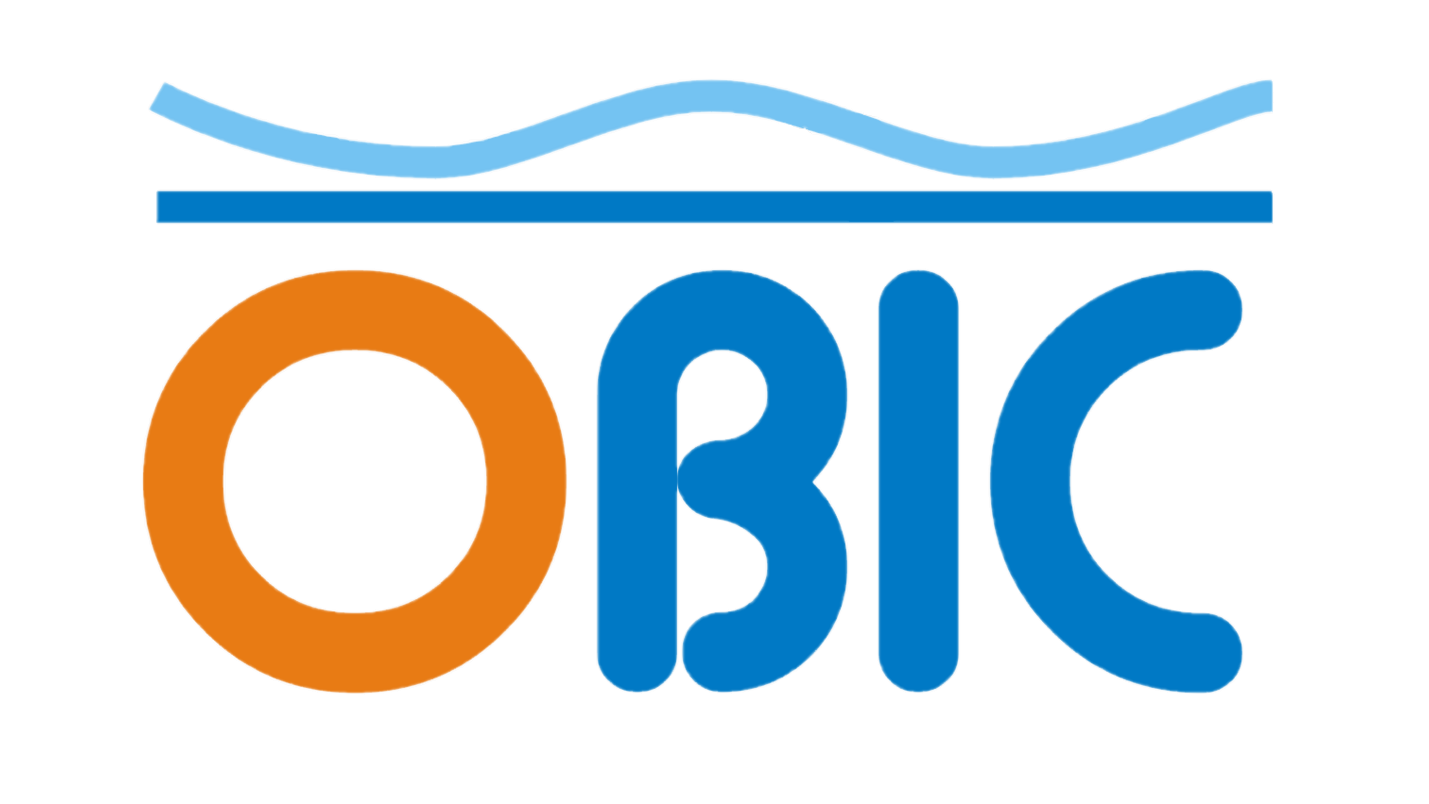OBIC’s ocean-bottom instruments are based on the Scripps Institution of Oceanography LC2000 system, but have been, and are continuously being developed to perform more efficiently. The design allows the instrument to be broken down into components that are easily handled by two people, allowing for quick construction on deck prior to deployment.
The instruments are configured prior to deployment with the desired sample rate, gain and start time for recording. They are then sealed, mounted and secured in their chassis ready for deployment. Deployment is usually carried out by the ships’ crew, and involves using a pelican hook to release the instrument when the ship is in the correct location.
When the instrument is due to be recovered, an acoustic signal is sent to the seabed which instructs the instrument to drop its anchor, allowing it to float to the surface. The untreated metal or concrete anchor is left on the seabed to degrade naturally.
OBIC’s current pool of equipment consists of over 50 instruments, and is constantly developing and evolving.
LC-LJ1
The LC-LJ1 is the latest generation of the LC series of ocean-bottom seismographs. The design is optimised for rapid data download and QC, so that the instrument can be re-deployed within a short time after recovery. The system is modular and allows for a variety of sensors to be used.
| Specifications | |
|---|---|
| Depth Rating | 5500m |
| Deployment Weight | 180 kg |
| Release Mechanism | Acoustically activated burn wire |
| Anchor Material | Steel or Concrete |
| Location Equipment | Flag Xeos XMB-11K VHF Beacon Xeos XMF-11K Flasher Beacon Xeos XMA-11K Argos Beacon (Option) |
| Power Supply | Lithium Batteries |
| Endurance | 240 days |
| Sampling | Rates up to 4khz on 4, 8 or 12 channels |
| Storage | Up to 1Tb |
Sensors
| Primary Usage | Frequency Response | ||
|---|---|---|---|
| Active Source | Geophone | Sercel L-28 | Resonant Frequency 4.5Hz |
| Hydrophone | High-Tech Inc. HTI-90-U | > 2 Hz | |
| Passive | Differential Pressure Gauge | SCRIPPS DPG | approx 0 - 2Hz |
| Electromagnetic | Ag-AgCl electrodes | 2 horizontal, optionally 1 vertical | 10-30hz |
